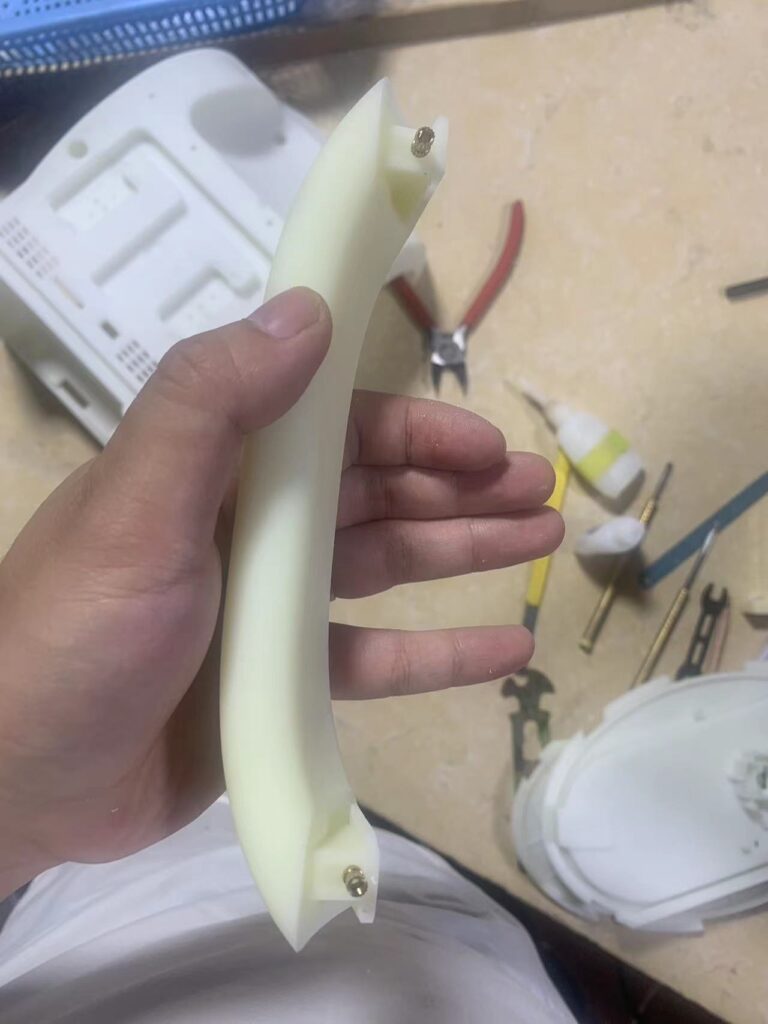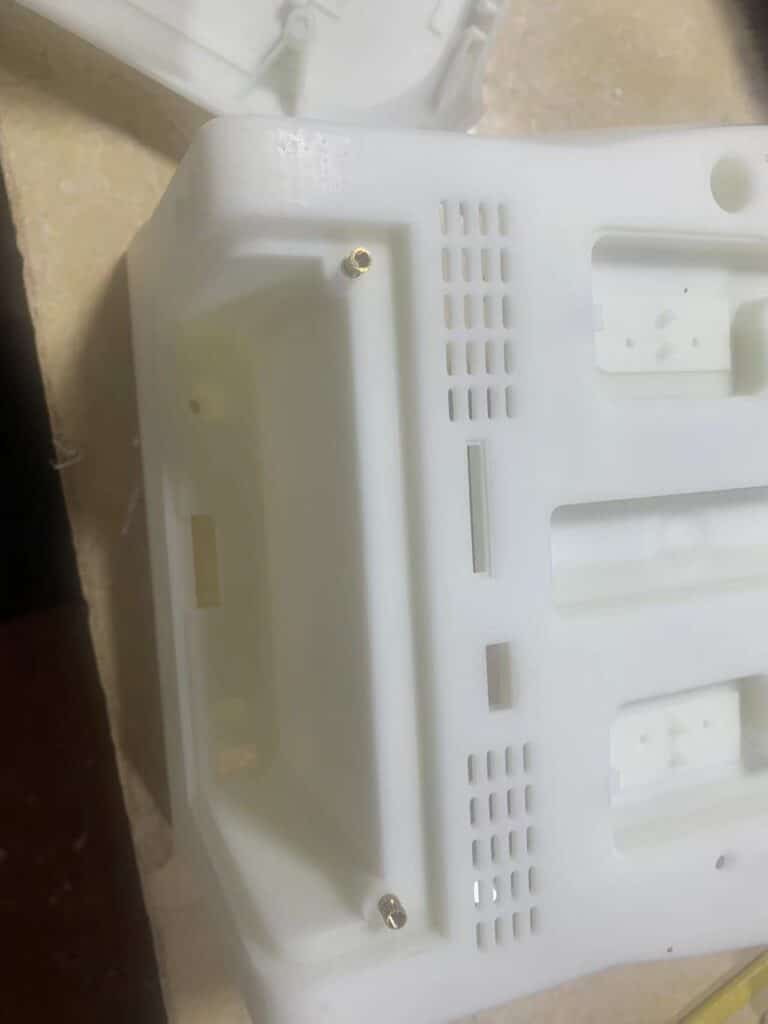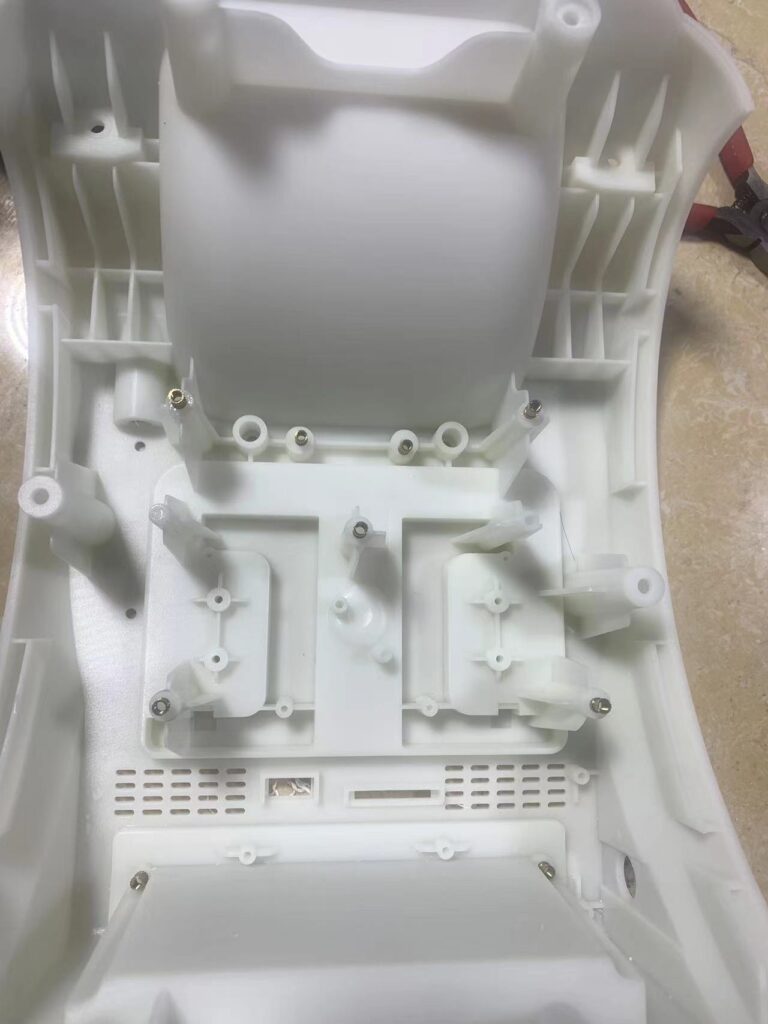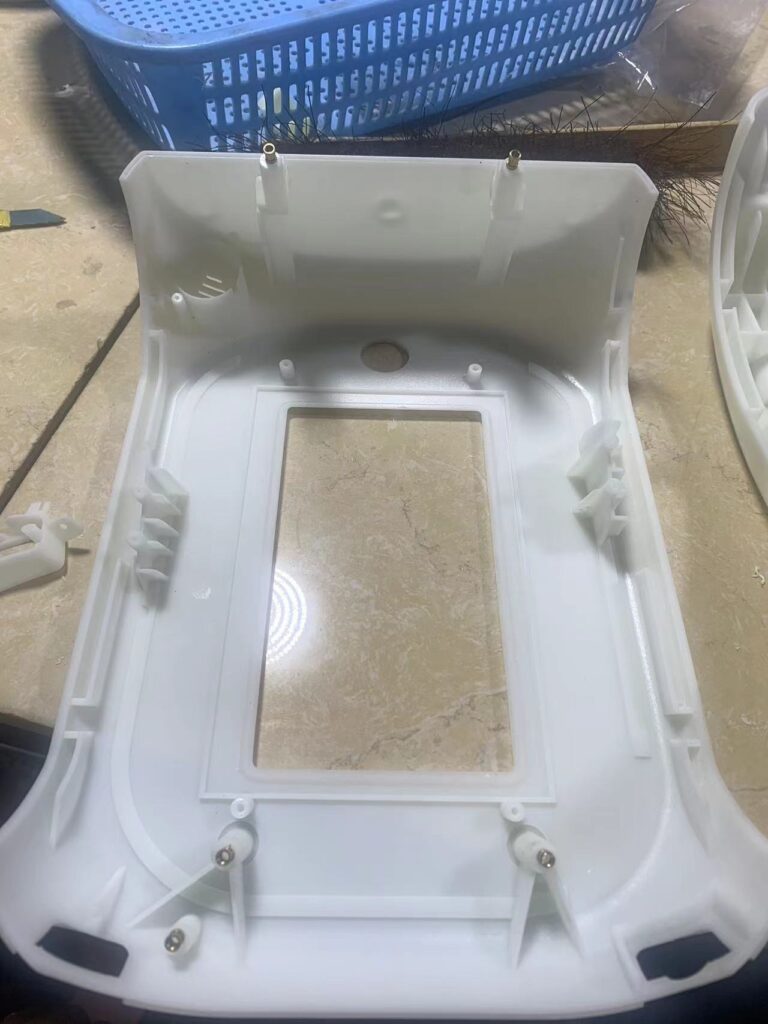Introduction
3D printing, referred to as additive manufacturing, has changed the way industries operate with its innovative methods and increasing effectiveness. With the advancement of technology, it is expected that the uses of 3D printing will continue to grow, which is why it’s crucial to research its future possibilities. In this piece, we’ll explore the present uses of 3D printing across various sectors and examine the trends that will shape the future.
What is 3D Printing?
3D printing is the process of creating 3D objects via a digital file. The process creates objects layer by layer and it uses materials like metals, plastics, and biological materials. The flexibility of 3D printing enables complex designs and fast prototyping, creating a paradigm shift in design and manufacturing.
Current Applications of 3D Printing
1. Healthcare Innovations
3D printing has led to huge strides in the medical industry. From customized prosthetics to bioprinting tissue, technology can provide individual solutions. Surgeons are able to create models specific to their patients to benefit surgical procedures, increasing results and decreasing risk.
Case Study: Custom Prosthetics
One notable instance is the inspiring story of a young boy who was fitted with a 3D-printed prosthetic arm. This case not only showcases the technological advancements in prosthetics but also emphasizes the emotional and personal aspects of medical solutions.
- The Journey to Personalization
From the very beginning, the boy’s journey was marked by challenges. Born with a congenital limb difference, he faced difficulties that many children do not encounter. However, his family’s determination to provide him with a functional and personalized solution led them to explore 3D printing technology.
- Designing the Prosthetic Arm
The design process involved collaboration between engineers, designers, and the boy himself. They aimed to create a prosthetic arm that was not only functional but also reflected his personality and interests. This approach allowed for:
- Customization: The arm featured vibrant colors and designs that resonated with the boy’s favorite superheroes, making it a source of pride rather than a reminder of his disability.
- Functionality: Engineers integrated features that enabled him to perform everyday tasks, such as gripping objects and playing with friends.
- Comfort: The use of lightweight materials ensured that the prosthetic was comfortable for extended wear, crucial for a child with an active lifestyle.
- The Impact of 3D Printing
This innovative approach to prosthetics had a profound impact on the boy’s life. The 3D-printed arm not only provided him with the necessary functionality but also boosted his confidence. He could participate in activities without feeling different from his peers.
- Emotional and Psychological Benefits
The personalization of the prosthetic arm played a significant role in the boy’s emotional well-being. By allowing him to express his individuality, the prosthetic became a symbol of empowerment. The positive feedback from friends and family further reinforced his self-esteem, demonstrating how medical solutions can go beyond physical needs.
- Looking to the Future
This case study highlights the potential of 3D printing in the medical field, particularly in creating custom prosthetics. As technology continues to advance, the possibilities for personalization and functionality will only expand, offering hope for many individuals in need of prosthetic solutions.
In conclusion, the story of this young boy exemplifies how 3D printing can transform lives, providing not just a functional limb but a personalized solution that fosters confidence and individuality.
finished vacuum casting model
final assembly
2. Automotive Advancements
The automotive industry is using 3D printing to create parts and prototypes. Manufacturers can test concepts quickly and reduce waste material. Companies like Ford and BMW are using 3D printing to increase productivity and innovation in car designs..
Step-by-Step Guide: Implementing 3D Printing in Automotive
- Start by doing an inventory of the parts in your equipment to see which ones can be 3D printed. Think about size, complexity and weight reduction. Meet with engineers and designers to see which parts will benefit the most from 3D printing. These are rapid prototyping and customization.
- Choose Materials: Once you have identified the parts, the next step is to choose the right material for your project. Evaluate the options based on durability, strength and effectiveness. The most common materials used in 3D printing are thermoplastics, metallics and composites. Think about the environment where you will use the parts as variables like stress resistance and temperature are a factor in choosing the right material.
- Design Prototypes: Use advanced CAD software to design precise digital models of the selected parts. This software allows for complex designs that take advantage of 3D printing capabilities such as intricate geometries that conventional manufacturing processes can’t achieve. Make sure your designs are optimized for 3D printing to reduce waste and improve your product’s performance.
- Print and test: Once your designs are done, print your parts. Use a 3D printer that meets the specifications of your chosen material. After printing, test thoroughly to check quality, fit, functionality and quality of your prototypes. This is to identify design flaws or defects.
- Iterate on designs Based on feedback and results of your test phase, you will need to make changes to your designs. It could mean changing dimensions, changing material or improving structures. The goal is to improve the designs until they meet all performance and quality requirements and ready for full scale production.
3. Aerospace Efficiency
For aerospace, weight reduction is essential. 3D printing allows the production of lightweight components that are strong without compromise. NASA and Boeing explore this method to speed up production processes and boost fuel efficiency.
Benefits of 3D Printing in Aerospace
- Lower Weight: Parts can be designed to be lighter while maintaining strength.
- Cost Savings: Reduced production costs due to less material waste.
- Faster Prototyping: Rapid development of new designs allows for quicker testing and implementation.
4. Consumer Products
From customized jewelry to personalized phone cases, 3D printing is revolutionizing the consumer goods market. Companies can now offer exclusive merchandise that is tailored to each individual’s needs, increasing customer satisfaction and loyalty.
Example: Customizable Footwear
Some companies, such as Adidas, have released 3D-printed sneakers that allow users to customize their fit and appearance, showcasing how 3D printing can enhance customer experiences.
5. Construction Revolution
3D printing is becoming a trend in the construction industry due to its ability to print entire buildings. It reduces labor costs and construction times while also minimizing waste. Businesses are exploring concrete and other construction materials to design eco-friendly housing options.
Step-by-Step Guide: 3D Printing in Construction
- Create the Structure: Utilize architectural software to make the digital model.
- Select the Materials: Pick appropriate materials that are durable and cost-effective.
- Install the Printer: Prepare your 3D printer for large-scale production.
- Create the Structure: Start the printing process layer by layer.
- Finishing Touches: Add the required utilities and finishes post-printing.
Future Trends in 3D Printing
1. Sustainability Initiatives
Environmental will continue to drive 3D printing innovation. Companies are looking into biodegradable materials and recycling processes to reduce waste – in line with global efforts to reduce carbon footprint and go green.
Implement Sustainable
- Research Materials for 3D Printing
- Optimize Designs Use biodegradable or recycled materials when designing to minimize waste during print
- Encourage Recycling: Encourage recycling at end of life of printed products.
2. Advanced Materials Development
3D printing’s future is in advanced materials. Research teams are working on metals, ceramics and composites with strength and durability to enable more applications for 3D printing across industries.
Examples: Metal 3D Printing
Companies like GE Additive are leading the way with metal 3D printing technology, making complex parts that were previously impossible to make.
3. Integration with AI and Machine Learning
Benefits of AI Integration
- Improved Design Accuracy: AI can help refine designs for better performance.
- Predictive Maintenance: Machine learning algorithms can predict when a printer needs maintenance, reducing downtime.
AI and Machine Learning
Integrating artificial intelligence (AI) and machine learning with 3D printing will improve design processes, provide predictive analysis to suggest improvements, increase efficiency and reduce errors.
Benefits of AI Integration
- AI can help designers optimize designs for performance.
- Predictive Maintenance: Machine learning algorithms can predict when printers need maintenance to reduce downtime.
4. Customization and Personalization
As personalization becomes a trend, so will 3D printing enable mass customization by giving consumers products tailored to their needs. This will change the way businesses approach product development.
Actionable Strategies for Customization
- Use surveys and feedback forms to get customer preferences.
- Use Design Software: Give customers the tools to design their own products.
- Provide Prototyping Services: Let customers see prototypes before they order.
5. Regulatory Developments
As 3D printing becomes more mainstream, regulatory frameworks will need to follow. Governments will need to address safety, IP protection and quality standards – with clear rules to enable innovation and protect consumers.
Table: Key Industries Utilizing 3D Printing
| Industry | Applications | Future Potential |
|---|---|---|
| Healthcare | Prosthetics, bioprinting | Personalized medicine |
| Automotive | Parts production, prototyping | Enhanced design flexibility |
| Aerospace | Lightweight components | Improved fuel efficiency |
| Consumer Goods | Custom products | Mass customization |
| Construction | Building structures | Sustainable housing solutions |
Advantages of 3D Printing
- Cost Savings: Reduces material waste and cost.
- Speed: Faster prototyping and production.
- Design Freedom: Complex geometries and custom designs.
- Flexibility: Change designs based on customer feedback.
Challenges of 3D Printing
Despite all the advantages 3D printing has, there are challenges to be addressed:
- Material Limitations: Not all materials are 3D printable, which limits applications.
- Quality Control: How to ensure quality across all printed products.
- IP Issues: How to protect designs from being copied.
Conclusion
So there you have it! 3D printing is the future and it’s bright across all industries. As technology gets better we will see more and more new applications and trends that will change the way we design and manufacture. Get on board!








